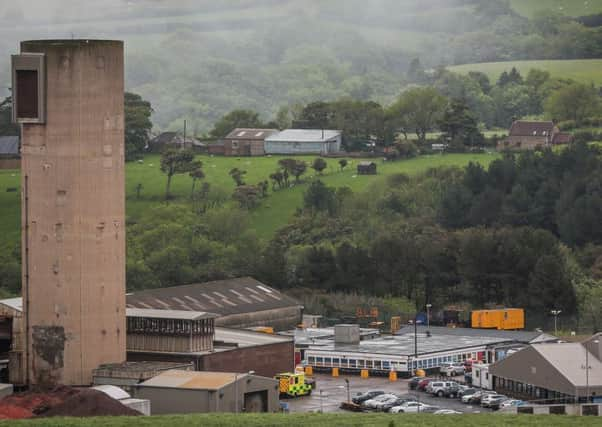'˜Job cuts not to blame' for driver's death in mine blow-out


John Anderson, 56, died at Boulby potash mine in East Cleveland, one of Europe’s deepest, at 3am yesterday when a sudden and powerful release of gas occurred in the section where he was working.
The blow-out of a mixture of methane and nitrogen did not explode but the high pressure release “displaced a significant amount of mineral”, said Simon Hunter, a safety manager at ICL UK. A full investigation is being carried out involving Her Majesty’s Inspectorate of Mines.
Advertisement
Hide AdAdvertisement
Hide AdMr Hunter said: “Naturally everyone involved with Boulby is affected by this tragic incident. First and foremost our thoughts are with John’s family and friends and we will be doing everything we can to help and support them through this very difficult time.”
In 2014 there was a roof collapse at the site and a frightening underground fire in April led seven workers to be checked in hospital for smoke inhalation.
The site, which has operated for 40 years, announced significant job losses last year.
But Mr Hunter said the three separate safety events were unrelated.
Concerns that job losses impacted on safety were “misconstrued”, he said.
“When we looked at the restructure we did it in a very controlled way,” he said.
An immediate risk assessment was carried out before the jobs were lost.
“What we were keen to ensure was there was no change to the density of supervision, there has been no change in the mining competence underground.”
Advertisement
Hide AdAdvertisement
Hide AdSince the job losses happened on 1 March, checks have been carried out to find out their impact on safety, he said.
“It has been what we thought it would be – no change.”
Mr Anderson, from nearby Easington, had worked at the site for 35 years.
At the time of the gas release, additional safety precautions were in place as the potential for blow-outs had been recognised more than a week ago.